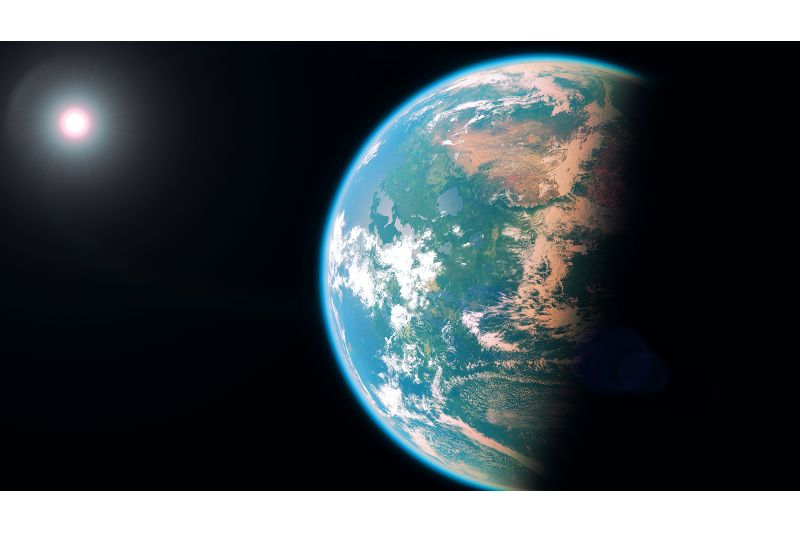A FAHomo sapiens, as a species, left Africa some 70,000 years ago and started to colonize new areas of the globe.
And then what? It turns out that our DNA have some hidden information.
An area encompassing modern-day Iran has been identified as a major “hub” for humans who left Africa tens of thousands of years ago by a new study published in Nature Communications, which examined ancient and present DNA.
Griffith University archaeologist Michael Petraglia, one of the paper’s authors, said, “A team of geneticists, environmental scientists, and archaeologists got together to look at a very big question in human evolution.”
‘Out of Africa’: What is it?
It is difficult to trace the movements of ancient humans, but the “Out of Africa” scenario is the best estimate available to scientists.
According to this theory, humans first started to expand over the planet some 70,000 years ago, when people from Africa moved towards Asia, Europe, Australia, and the Americas.
Over the previous 200,000 years, this may have happened a couple more times, but each time the tribes either vanished or finally withdrew.
However, it was challenging to interpret how ancient humans moved into the Middle East after they set out on their last excursion out of Africa.
It took the groups another 15,000 to 25,000 years to migrate to Europe and western Asia, or Eurasia.
“Eurasia was highly populated after 45,000 years ago. But there was a question as to where populations were before 45,000 years ago, and that’s what this paper is about,” according to Professor Petraglia.
Without any archeological evidence, it was necessary to dig into DNA to determine the group’s location during their thousands of years of hiatus, which was referred to in the article as the “hub population”.
The Importance of Genetics
Two sets of ancient human remains were examined by the researchers in an attempt to determine the site of this migration stop.
Three8,000-year-old remains from Western Russia known as Kostenki and 40,000-year-old bone pieces from a site near Beijing in China known as Tianyuan comprised the initial find.
The two distinct groups that left the hub and went into the east and west of Eurasia following the hiatus were identified using the DNA from these specimens as references.
Not an author on the article, but a specialist in ancient genetics at the University of Adelaide, Yassine Souilmi stated that “Tianyuan is a representative of the East Eurasian core ancestry, and Kostenki is the representative of the West Eurasian core ancestry,”
The hub population was at the base of the old family tree.
“What they’re looking for are those populations that are sitting in the root of that tree,” said Dr. Souilmi.
Once the genes shared by the two groups were identified, they could map the hub’s location by combining the extracted DNA from those genes with that of 1,500 additional ancient and contemporary populations from around Eurasia.
Climate modeling was used for additional refinement.
“They looked at that entire area, and tried to determine, based on previous climatic conditions and environmental conditions, what are the areas most likely to sustain the hub population during that time period,” said Dr. Souilmi.
They identified the Persian Plateau, which includes portions of Oman, Kuwait, and the United Arab Emirates, as well as the modern-day Iran, as the hub.
Next Steps are Limited By Geopolitics
Dr. Souilmi’s team’s study, which was published in the Proceedings of the National Academy of Science last year, supports this. It also speculated about the hub’s potential location and came up with Arabia.
“We got very similar results using completely different genetic signatures and toolkits,” stated Dr. Souilmi.
These research are comprehensive, but regrettably they remain circumstantial.
It is much easier said than done, but the researchers must locate prehistoric human remains in the region in order to validate the findings.
“It’s very difficult to work there. There’s very little cooperation going on between Iranian scientists and others, especially in the West,” according to Professor Petraglia.
“There’s very little work being done there because of geopolitics.”
However, several remedies are in the works.
While Iran is particularly difficult for Western scholars to access, parts of the Persian Plateau stretch outside of Iran’s borders, thus researchers may be able to locate remains in other regions. Currently, Professor Petraglia has an Iranian PhD student conducting digs in the area.
Professor Petraglia stated, “I hope this paper will help stimulate further investigations in the region.”
“There’s a lot of work yet to do.”




